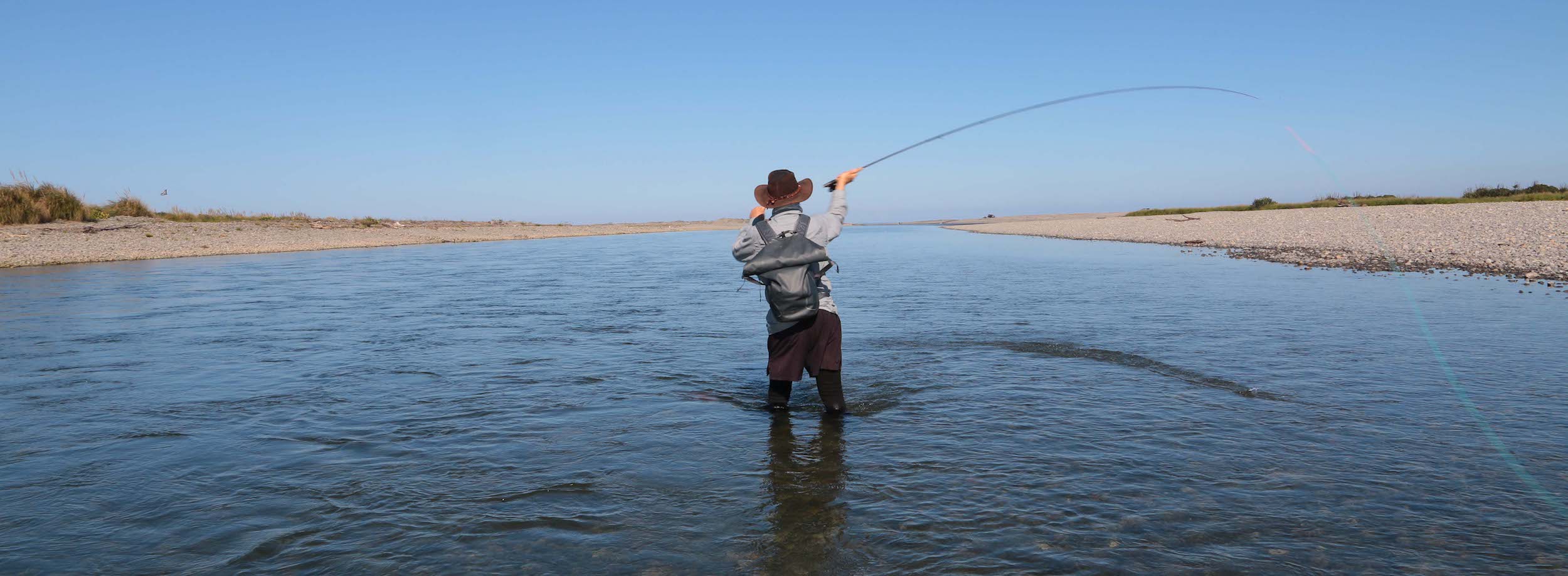Trout Spey is using Spey casting techniques to fly fish for trout, using single-hand or light two-handed rods usually with specifically designed lines - like the Skagit and Scandi heads I make sense of in the articles below.
But there's a whole lot more to Trout Spey than this.
What lures anglers to Trout Spey is the challenge and promise of greater efficiency than conventional overhead fly casting in different fly fishing situations.
What hooks them is incredible fun.
However the amount of new information on specialised gear and methods for Trout Spey can be confusing, and it's downright disheartening trying to cast with a mismached outfit.
To find out more about this exciting way of fly fishing, and putting together balanced outfits effective for the waters you like to fish, see the articles below.
If you're interested in experimenting with a Skagit head on a single-hand rod, or keen on trying the two-handed game, this information should have you off to a good start.
If you're already well on your way but would like to fine tune your single-hand Skagit outfits, you may benefit from my two years of experimenting with Spey casting, rods, heads, lines and techniques.
See the following :
Single Hand Skagit - Science behind the magic |
|
| + | Where it all began |
| + | Head design |
| + | Sink tips |
| + | Casting heavy sink tips |
| + | Running lines |
| + | Reels |
| + | Rods |
| + | Intermediate heads |
| + | Favourite outfits |
| + | Conclusions |
| + | Casting Notes for 12 Skagit Heads I tested |
| + | Table of Sink Tip Recommendations |
| + | Table of Lengths & Weights of Sink Tips |
Single hand Trout Spey : Getting started with a 9 ft 5wt rod |
|
| + | Getting started |
| + | Rods and Skagit heads |
| + | Sink tips for Skagit heads |
| + | Tippet for Skagit heads |
| + | |
| + | Hybrid heads |
| + | Floating tips for Skagit heads |
| + | Running lines |
| + | Cost effective approach |
| + | Learning to Spey cast |
| + | A final word |
